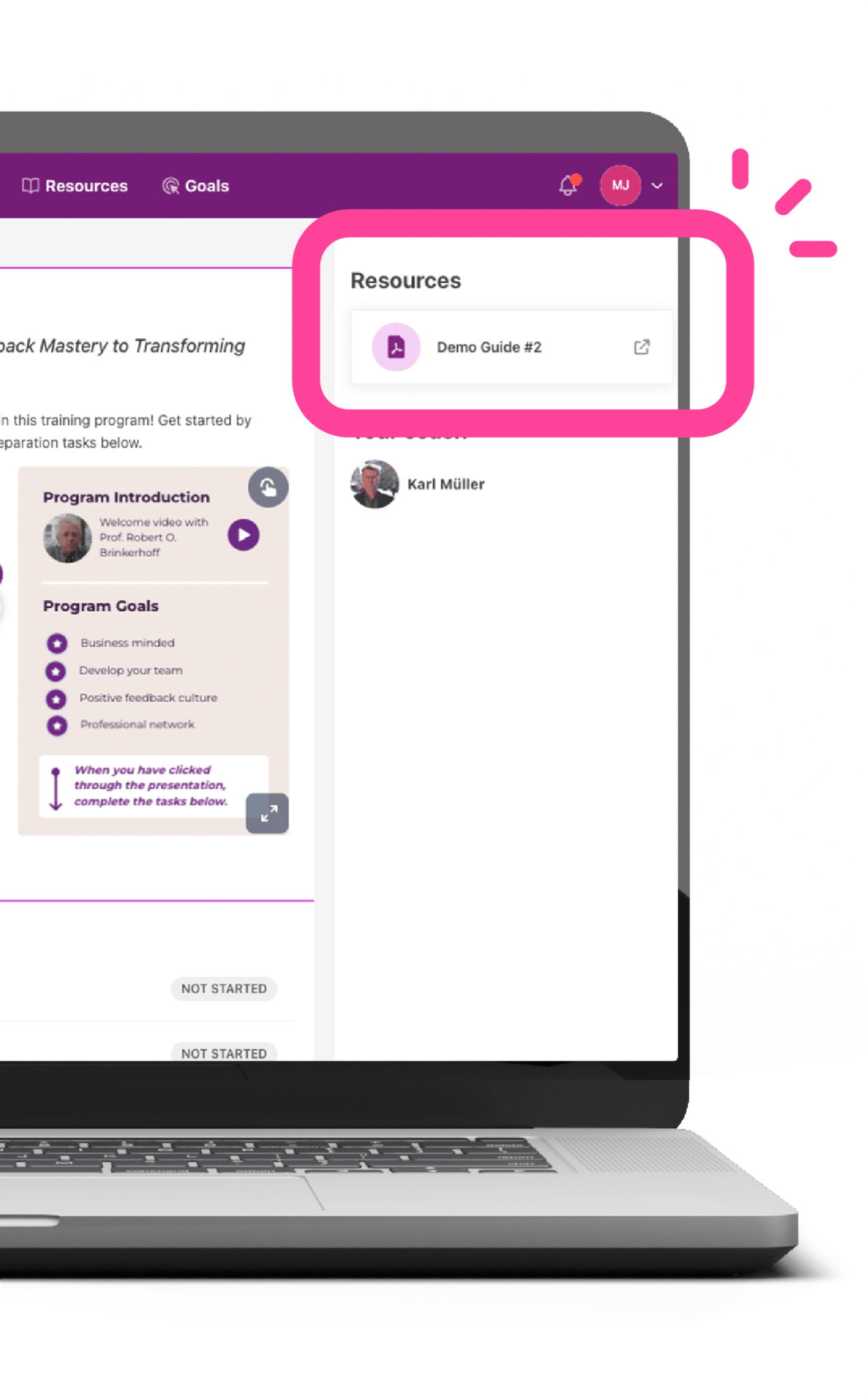In that book, we identified Five Myths about which we said “… the more that these myths are believed and practiced, the less likely it is that L&D will be producing value.” (p. 40).
Here are the myths and what we said about them back then. Fast forward now nearly 30 years. To what extent have we busted these myths? Are they still shaping practice in ways that they impede value? Or have we moved beyond them?
What do you think?
- Training makes a difference
In our impact evaluation studies of training programs (leadership development, manager skills, etc., etc) we always – always! – find that in the same program, some people used their training to produce worthwhile results, and some did not. But the training was nominally the same for all of them. What makes for the difference? What makes the difference is almost always in the “before” and after” environment how were they prepared for and introduced to the training; what were expectations for their using it, or not; what kind of support did they get to apply their learning, and so forth.
- The purpose of training is to achieve learning objectives
Nearly all the books and articles you can find about training design talk at great length about the need to express learning objectives in clear, concrete, and especially measurable terms. Good advice, as far as it goes; but too many practitioners let the story end there. New learning only provides the capability. What turns capability into value is behaviors – application of the learning in new or improved performance. A focus only or even mostly on learning frustrates value.
- The L&D professional’s job is to manage successful training programs
The fallacy in this myth lies not in the word successful, but in the word programs. The training business is flooded to the gills with training programs and content – with more vendors selling more programs and content every day. The myth extends to the habitual belief that processing people though these programs with efficiency is the L&D department’s job. Wrong, if it ends there. The job is to help the client organization use learning (the stuff that is presumably in these programs) to accelerate the execution of important change and strategic initiatives.
- Training is L&D’s job
Most larger companies in the world have a training department. This fact attests to the emergence of training as a profession and the importance of the role in today’s organization. (Note: back then there was no such thing as a CLO). The implication of the name on the door is that the function therein is responsible for producing the performance improvement and results that are the reason for training’s existence. But turning learning into performance requires an alliance wherein trainees supervisors, their managers, and senior leadership all have a role to play in making sure that there is alignment, focus, intentionality, and accountability for the performance focus and support that must be embedded within the training initiative. In short, it takes a village to get results from training. Delegating learning and performance accountability to the L&D function is a fool’s errand.
- Trainees should enjoy the training they receive.
No quarrel with the premise that training is often (though not always) more effective when it is enjoyable, and we certainly do not promote learning designs that are on a par with root canals. But focusing on satisfaction (think the ubiquitous “level one” survey) is the value-buster.. At the root of this myth is confusion about who are the rightful customers of training. If training is meant to help the business perform, then the legitimate customer for training is senior leadership and the managers of trainees – those who are accountable for the goals that trainee performance should be helping to drive, that the training is presumably meant to impact.
Busted myths?
To what extent have we busted these myths? Please let us know your thoughts by voting at our mentimeter poll: VOTE HERE!
The results:
